Michelin haven’t been concerned in Components 1 for over 16 years, and a few daring feedback from the tyre producer’s CEO earlier this week recommended that isn’t about to alter.


Florent Menegaux was frank in his evaluation of Components 1 and the FIA’s invitation to tender for the unique tyre provider rights to the world championship, presently opened for the 2025-27 F1, F2 and F3 seasons. Dismissing the FIA’s insistence that F1’s tyre provider make compounds that proceed to characteristic a ‘cliff’ the place efficiency drops off exponentially, Menegaux mentioned Michelin had no real interest in making tyres that “destroy themselves”.
F1’s distinctive tyre philosophy over the past decade has separated it from just about all different worldwide racing collection. No different championship makes tyres which degrade quickly a central focus of its racing.
Some regard high-deg tyres as crucial to producing intrigue and technique variance in a collection the place refuelling is banned. Others wince at the concept drivers ought to prioritise managing their rubber throughout a race to maximise their efficiency, fairly than push flat-out over each nook of each lap.
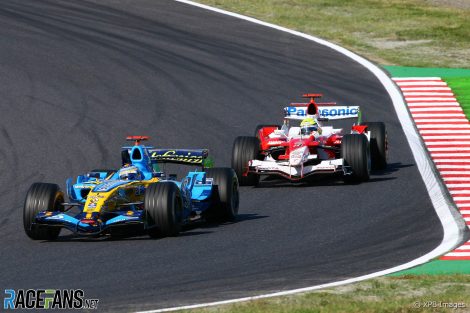
 Michelin final provided F1 tyres in 2006But is Menegaux proper to so shortly dismiss F1 and the FIA’s angle in direction of the tyres they wish to see within the sport through the years to come back?
Michelin final provided F1 tyres in 2006But is Menegaux proper to so shortly dismiss F1 and the FIA’s angle in direction of the tyres they wish to see within the sport through the years to come back?
Components 1 has been a single-tyre class ever since Michelin left the world championship on the finish of 2006. Bridgestone spent 4 seasons because the unique provider between 2007 and 2010, earlier than Pirelli took over initially of 2011.
Pirelli returned to Components 1 after 20 years with tyres which had been very totally different to these raced in F1 beforehand. This was intentional. Simply two weeks earlier than the FIA named them as F1’s subsequent provider in June 2010, the Canadian Grand Prix befell, a race that modified the game’s philosophy over tyres.


The standard tyre technique in 2010 was for drivers to start out the race on the softer compound after which make a single pit cease for the tougher tyres to run to the tip. Nonetheless on the Circuit Gilles Villeneuve, with observe temperatures approaching 40C, Bridgestone’s chosen super-soft and medium tyre compounds wilted.

 Function: The Canadian GP which prompted F1’s tyre rethinkThe dramatic lap time distinction between the 2 compounds and excessive degradation led to an thrilling, unpredictable race with many various methods enjoying out. F1 and the FIA appreciated what they noticed, and requested Pirelli to provide tyres that will degrade at a variable fee. Pirelli did as they had been requested, making tyres which had a built-in efficiency ‘cliff’ the place the grip would drop off dramatically.
Function: The Canadian GP which prompted F1’s tyre rethinkThe dramatic lap time distinction between the 2 compounds and excessive degradation led to an thrilling, unpredictable race with many various methods enjoying out. F1 and the FIA appreciated what they noticed, and requested Pirelli to provide tyres that will degrade at a variable fee. Pirelli did as they had been requested, making tyres which had a built-in efficiency ‘cliff’ the place the grip would drop off dramatically.
Though Pirelli’s tyres had their critics – notably after a spate of dramatic failures at Silverstone in 2013 – Pirelli’s made-to-degrade tyres achieved what F1 and the FIA needed for the game. When the unique tyre provider contract was subsequent opened, the requirement that tyres ought to be made with a ‘cliff’ in-built was retained when Pirelli retained the tender for subsequent durations.
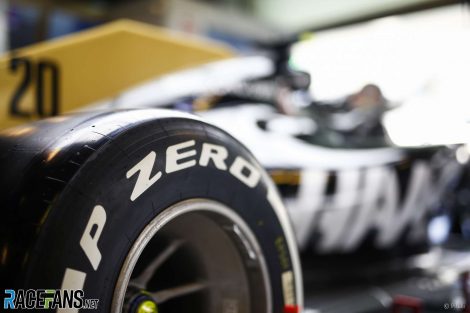
 Report: Excessive-degradation tyres “fully the mistaken factor” for F1 – SymondsIn their invitation to tender for the unique tyre provider for the present interval – protecting 2020-23 and later prolonged to incorporate 2024 – the FIA clearly outlined its targets for a way quickly lap occasions ought to degrade for every of the three compounds used within the overwhelming majority of race weekend. Goal ‘A1’ of the tender requested the tyre producer to intention for compounds that will lose roughly two seconds of efficiency at totally different charges – the hards by 22% race distance, the mediums at 18% and the softs at 10% race distance.
Report: Excessive-degradation tyres “fully the mistaken factor” for F1 – SymondsIn their invitation to tender for the unique tyre provider for the present interval – protecting 2020-23 and later prolonged to incorporate 2024 – the FIA clearly outlined its targets for a way quickly lap occasions ought to degrade for every of the three compounds used within the overwhelming majority of race weekend. Goal ‘A1’ of the tender requested the tyre producer to intention for compounds that will lose roughly two seconds of efficiency at totally different charges – the hards by 22% race distance, the mediums at 18% and the softs at 10% race distance.
The FIA additionally set a goal for tough lap time distinction between the three compounds: the laborious tyre was the baseline, with the mediums presupposed to be round 1.2 seconds a lap faster and the softs 2.2 seconds a lap sooner than the hards. In 2023, Pirelli’s tyres are far nearer in efficiency then that preliminary FIA goal requested, with Pirelli’s personal knowledge suggesting the medium compound has been, on common, seven tenths of a second a lap faster than the hards over the opening three race weekends, with the tender tyres 1.26s a lap sooner.
For 2025 and past, the FIA states 4 foremost goals for F1’s tyres – other than the overriding concern of security. Of highest precedence is: “enchancment of the present”. The secondary concern is “driveability” of the tyres, adopted by total efficiency and eventually the tyre’s working circumstances.


Nonetheless, there does appear to have been a philosophy change for 2025. Now not is the FIA calling for compounds that quickly degrade with main lap time deltas between every step. As an alternative, they explicitly specify tyres which can provide “little or no degradation” throughout “all of the three compounds.”
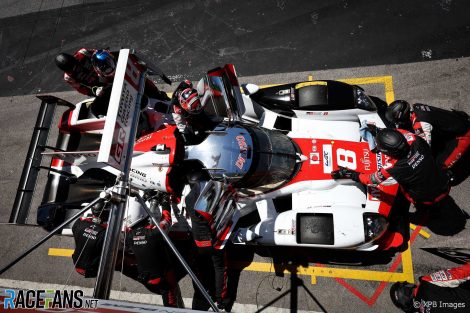
 Michelin’s tyres are used within the World Endurance ChampionshipThe FIA’s superb laborious compound throughout a race weekend would final round 180 kilometres (a bit over half a race distance) with the mediums lasting just below a 3rd of a race distance and the softs round 1 / 4 of a race distance. By way of lap time, the FIA are calling for extra parity throughout the compounds than groups have ever had over the beginning of 2023 to this point. They need the mediums to be round half-a-second a lap faster than the laborious compound throughout a typical race weekend, with the softs round a full second a lap sooner than the hards.
Michelin’s tyres are used within the World Endurance ChampionshipThe FIA’s superb laborious compound throughout a race weekend would final round 180 kilometres (a bit over half a race distance) with the mediums lasting just below a 3rd of a race distance and the softs round 1 / 4 of a race distance. By way of lap time, the FIA are calling for extra parity throughout the compounds than groups have ever had over the beginning of 2023 to this point. They need the mediums to be round half-a-second a lap faster than the laborious compound throughout a typical race weekend, with the softs round a full second a lap sooner than the hards.
Nonetheless, any followers who’ve longed to see the again of tyres intentionally designed to provide a ‘cliff’ will likely be left dissatisfied. The latest tender nonetheless explicitly mentions a “non-linear efficiency gradient change (‘cliff’)” as being “fascinating each for its affect on race methods and to make sure tyres are usually not run to a degree of extreme put on”. For Michelin, and probably different tyre producers, that is the essential issue that dissuades them from contemplating a bid of their very own.
Even when Pirelli are reselected as F1’s sole tyre producer it appears like the game desires to strike a extra conservative stability between sturdiness and efficiency. One that would, in concept, see fewer pit stops throughout a race on common as tyres are constructed to last more than they’re presently presupposed to. And with much less of a efficiency hole between the assorted compounds, that would provide groups extra flexibility to decide to the compound mixtures that swimsuit their vehicles greatest, fairly than merely go together with the optimum technique that the tyres dictate.
However whoever finally ends up supplying tyres to Components 1 from 2025 and past, anticipate tyre put on and efficiency to proceed to be main speaking factors each grand prix weekend.


2023 F1 season
Browse all 2023 F1 season articles
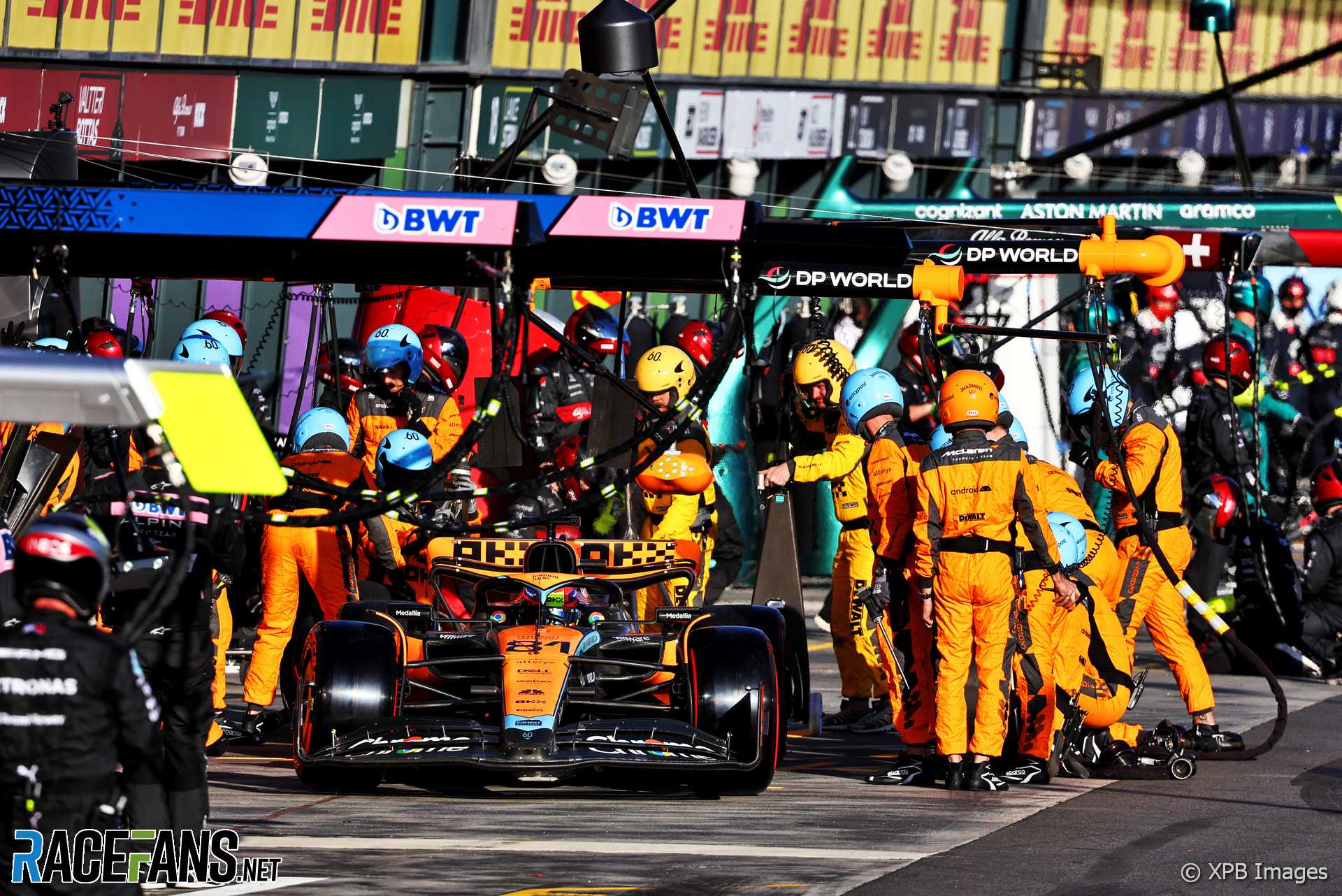



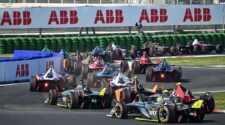
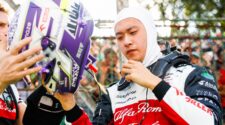
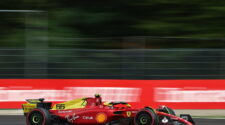

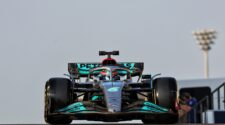
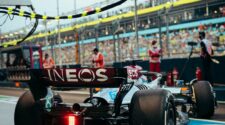


No Comment